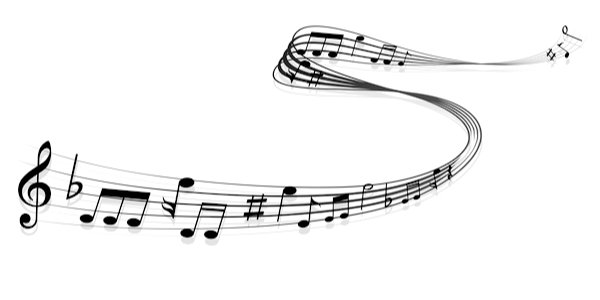I WAS lucky enough to sing this with my school choir 60 years ago, and it is on my list of requests for my funeral. I still know the Latin words by heart.
The words of Ave Verum Corpus date from the 13th century and are variously attributed to Pope Innocent III, IV, V or VI. Here is the Latin original and English translation.
Ave verum corpus, natum
ex Maria Virgine,
vere passum, immolatum
in cruce pro homine
cuius latus perforatum
fluxit aqua et sanguine:
esto nobis prægustatum
in mortis examine.
O Iesu dulcis, O Iesu pie,
O Iesu, fili Mariae.
Miserere mei. Amen.
***
Hail, true Body, born
of the Virgin Mary,
truly suffered, sacrificed
on the cross for mankind,
from whose pierced side
flowed water and blood:
Be for us a foretaste [of the Heavenly banquet]
in the trial of death!
O sweet Jesus, O holy Jesus,
O Jesus, son of Mary,
have mercy on me. Amen.
It has been set to music by many composers, including Byrd, Elgar, Liszt and Saint-Saëns. Note that the last three lines are not used in Mozart’s setting.
Mozart (1756-1791) wrote it in the extraordinarily fecund last year of his life, when he also produced the opera The Magic Flute, his last piano concerto, No 27 (K 595), the Clarinet Concerto (K 622), the last in his series of string quintets (K 614), and the unfinished Requiem K 626.
In the summer of 1791 his wife Constanze was taking the waters in the Austrian spa town of Baden bei Wien while she was pregnant with their sixth child (one of only two who survived infancy). While visiting her there, Mozart became friendly with Anton Stoll, the musician of the church of St Stephan in the town. Mozart was in the middle of writing The Magic Flute when he took a few sheets of manuscript paper from the stack he was using and wrote Ave Verum Corpus for Stoll’s forthcoming Corpus Christi service. The autograph is dated June 17, 1791, and the service was held on Sunday June 23. Mozart died less than six months later, on December 5, 1791, at the age of 35.
The work is one of Mozart’s shortest. The American conductor Martin Pearlman says: ‘The piece, for chorus with strings and organ, is only forty-six measures long, but they are perfect measures. In less than three minutes and with very few notes, Mozart reaches an emotional depth that few artists have achieved.’
The four-page autograph is held in the Austrian National Library in Vienna, and this is the first page.
I find it profoundly moving to see the handwriting of one of the world’s greatest musical geniuses.
Here the work is performed by the choir of King’s College, Cambridge, at their 2022 Easter Service. There are many recordings on YouTube but to me the balance of the voices in this one is perfect.
I include this orchestral version because it was recorded in Barcelona’s Sagrada Família, the unfinished vision of another genius, Antoni Gaudí. I visited it a few years ago and was stunned by its majesty.











